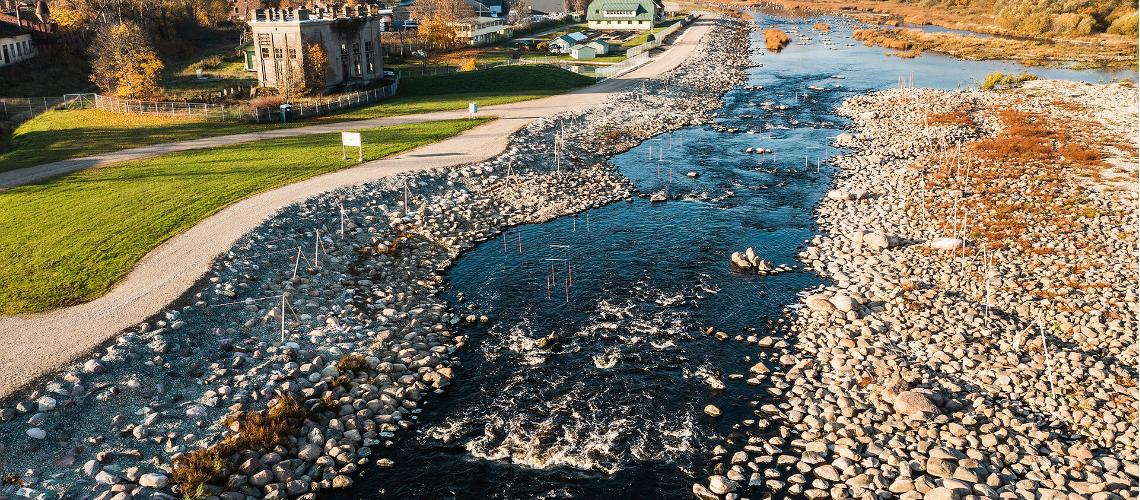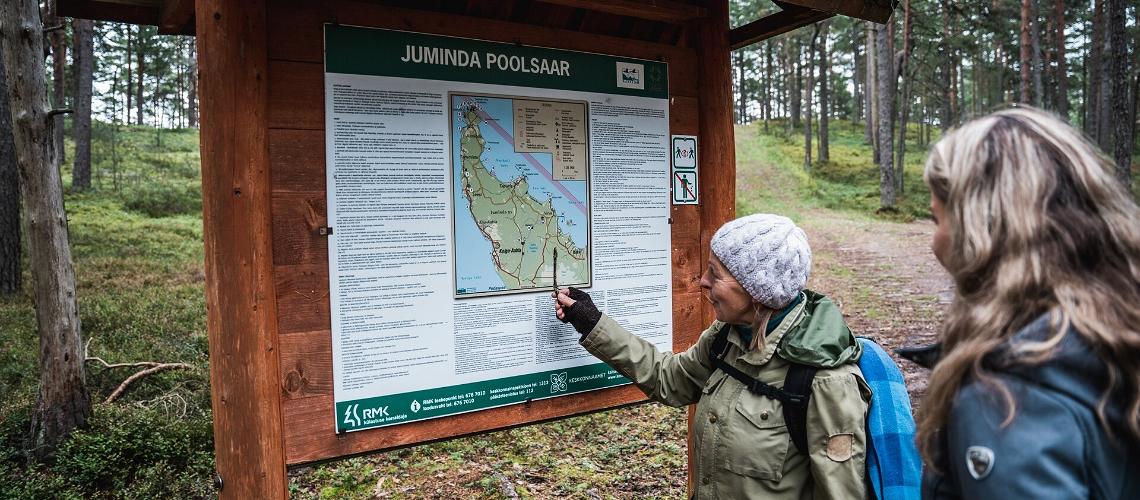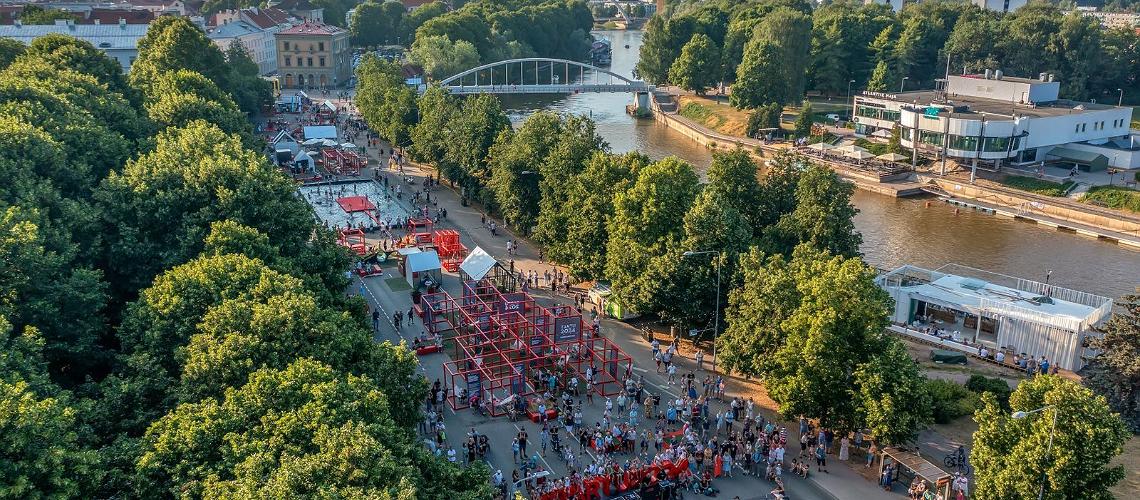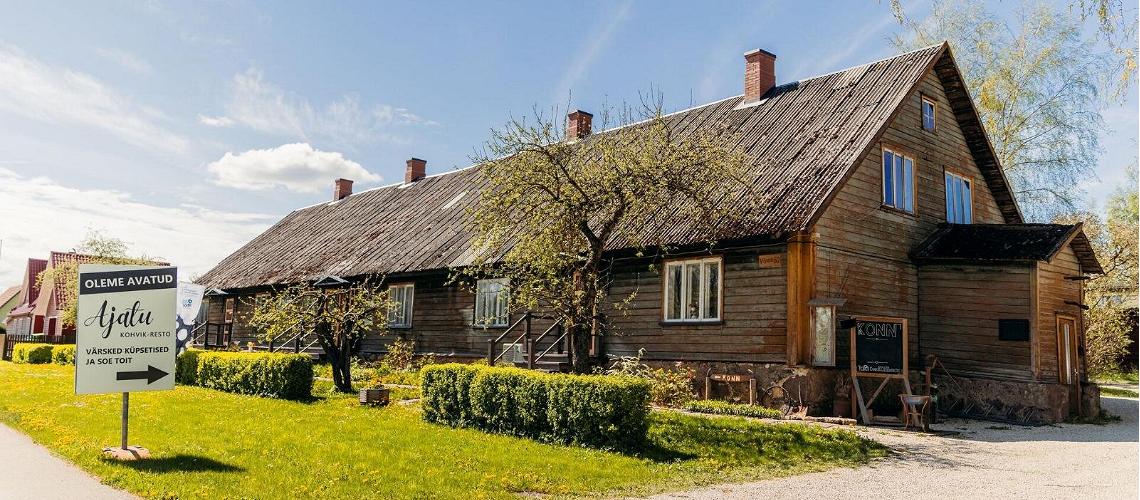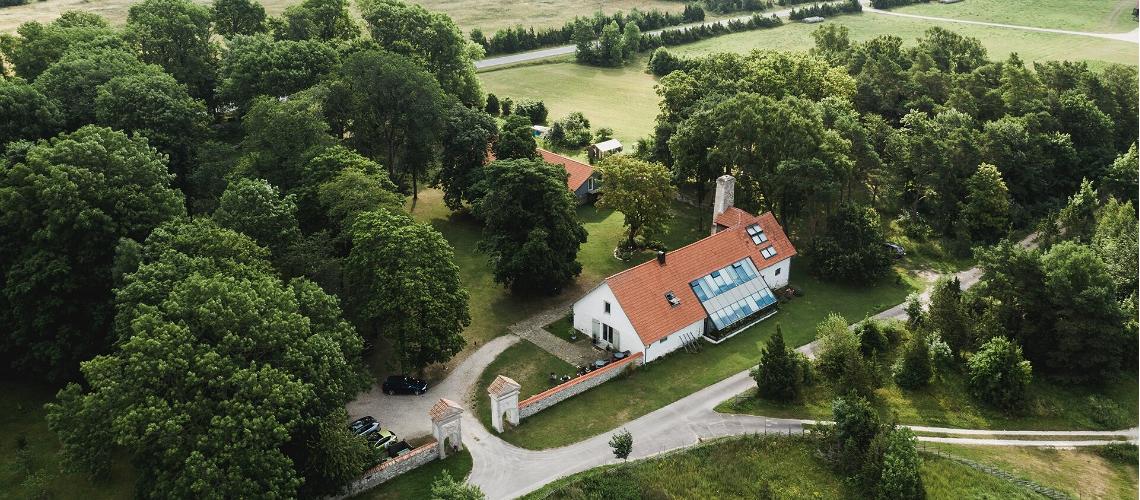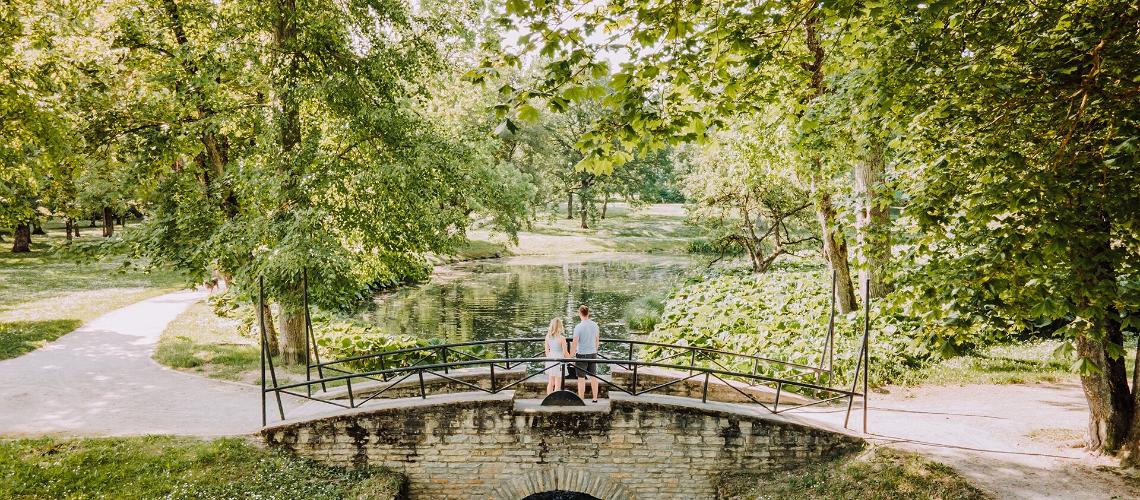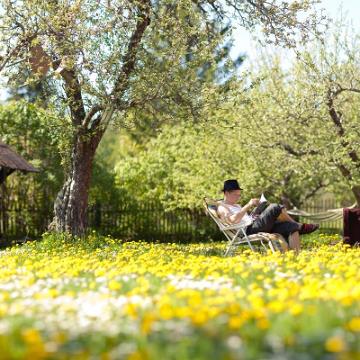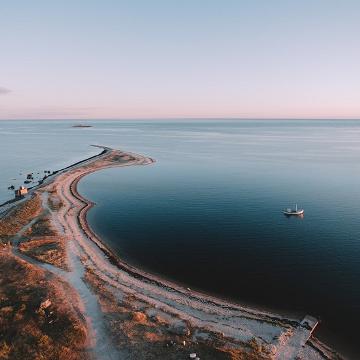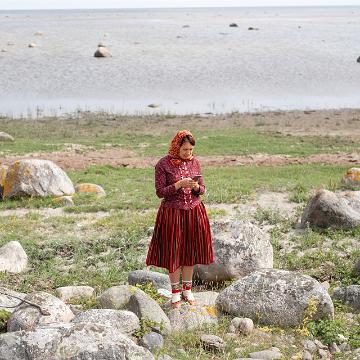Innovative ideas, the power of community, and love for the environment
The international sustainable tourism development organization Green Destinations announced the global locations selected for the Top 100 list of sustainable destinations. Hiiumaa, Saaremaa, Lahemaa, Järvamaa, Tartu, Pärnumaa and Rakvere represent Estonia.
According to Imbi Lepik-Martinson, quality coordinator of the tourism department of the EAS and KredEx joint agency, sustainable tourism is a very complex topic, as it includes activities and areas that may not always be associated with sustainability. "We are used to thinking about sustainability first and foremost about nature conservation and dealing with the climate crisis, but in sustainable tourism, community involvement and well-being are also considered equally important," explains Lepik-Martinson. "For example, with culture, traditions, nature, and landscape protection. The spectrum is wide, but all these stories help highlight the lasting values of the destination, and the competition encourages destinations to tell their success stories to visitors as well."
Pärnumaa
The story of Pärnumaa this year is the demolition of the Sindi dam and the transformation of the area into a good environment for both nature and people. Demolition of the Sindi dam in Tori and then the construction of the rapids was one of the main parts of the giant project Restoration of the habitats of the Pärnu River system, the main goal of which was to open the river to the migration of fish along its entire length by dismantling the dam of the old hydroelectric power plant on the Pärnu River. With the demolition of the Sindi dam and the construction of access roads and artificial rapids, good conditions were created for the development of public space and recreation, including the possibility of creating a year-round water sports and water tourism center with a recreation area that meets international standards.
Lahemaa
This year, Lahemaa presented the training of guides as its success story, which Visit Lahemaa, together with various partners, has been offering to local people for three years now. This opportunity has been used by 75 people, including Lahemaa guide Ulvi, who summarizes her experience as follows: "The guide training gave me a lot. Learning to be a guide changed and broadened my worldview and brought nature much closer to me. The training ended, but I will continue to educate myself and use every opportunity to do so. For example, while walking around in nature, I identify unknown species using a smart application. I have already learned all the plants that grow around my home. As a guide, I consider myself a guide for city people in the countryside and nature. Talking about nature and showing it is my way to give something back to the environment around me. This is my vocation."
Tartu
Tartu submitted a restoration project to the sustainable destination success stories competition this year. The idea of turning the former railway corridor into a light traffic road was proposed several years ago in Tartu's inclusive budget, where it received the support of the citizens in 2021. The harbor railway was covered with milling rubble and turned into a 2.5-kilometer-long pedestrian and bicycle-friendly light traffic road in 2022. Lighting was added, road extensions were built with benches and trash cans, culverts were installed for water drainage, and intersections with the highway were resolved. The area will be further developed as a green corridor and linear park in the coming years. Today, the harbor railway is an important part of the city's network of greenways and bicycle paths.
Järvamaa
The story of Järvamaa tells about Konna Maja, a community center in Türi.
With the help and advice of the community association, the 150-year-old building, which was destined to collapse, was given new life as a community meeting place, taking into account the principles of sustainable renovation. In addition, Konna Maja is where local craftsmen who teach workshops and sell handicrafts have found space for their activities. Konna Maja has also launched two festivals — Rohevest, which talks about sustainable operations, and Retrovest, which is about traditional food and lifestyle. Last year, the cafe-resto Ajatu joined the community house, and this year, the restaurant was awarded inclusion in the prestigious White Guide Nordic. The restaurant was also considered one of the most family-friendly restaurants in the country.
Hiiumaa
The story of Hiiumaa tells about how visitors to the island were given the opportunity to simply and responsibly dispose of the trash generated during their travels so that it does not burden the trash containers of stores or other institutions. The municipality of Hiiumaa, in cooperation with a local company and tourism affairs, found a smart solution for this - pre-paid orange garbage bags for visitors to the island, the purchase price of which also includes household waste handling. You can buy these special garbage bags in all shops in Hiiumaa or on the Hiiumaa ferry when you come to the island. Tourists can take pre-paid mixed household waste garbage bags and other separately collected waste, such as packaging, paper, etc., to the waste collection points in Hiiumaa in the appropriate containers. Hiidlate's waste management solution for solving the seasonal garbage problem is a first in Estonia.
Rakvere
The story of Rakvere tells the story of the rebirth of Pikk Street, a historic part of the city's old town, which, as a result of reconstruction, has turned into a modern promenade of approximately 700 meters in length, where the traffic load has been reduced. Attention has been paid to the comfort of pedestrians. An attractive and modern pedestrian-friendly link was created between Rakvere's central square and the castle rampart, valuing the main street of the historic old town and creating conditions for bringing investment to the area. Increasing the region's attractiveness among entrepreneurs and visitors will, in turn, help increase employment and the city's revenue base.
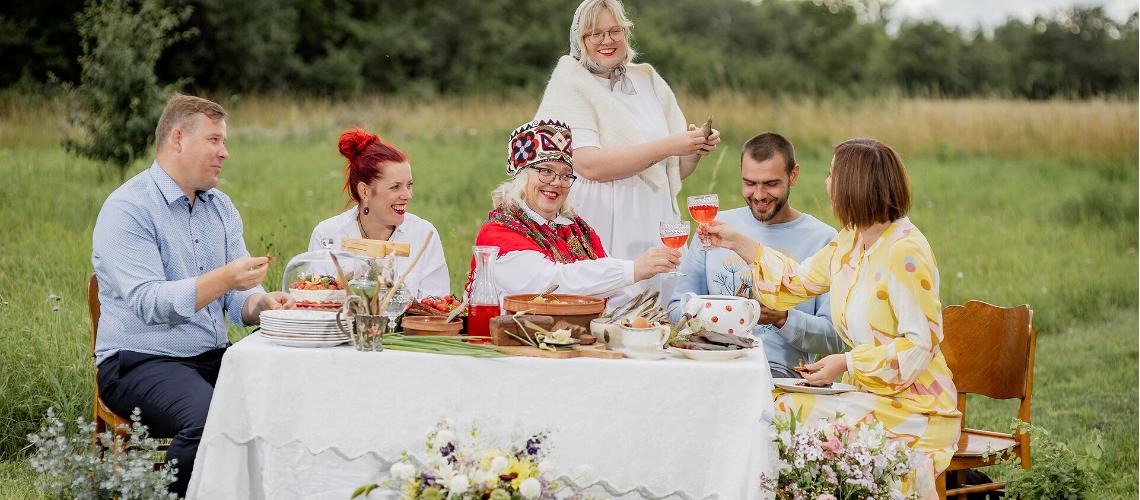
Saaremaa's dialect has become part of the island's identity.
Photo by: Valmar Voolaid, Visit SaaremaaSaaremaa
Saare County submitted the Saaremaa language to the success stories competition.
Saaremaa islanders are known for their ö sound and singing way of speaking, but the Saremaa style of storytelling is also well known. Visit Saaremaa has incorporated all of these characteristics of Saaremaa into its advertising and marketing materials. Because of this, Estonia's largest island stands out in destination marketing throughout Estonia as a bold and authentic island.
Islanders have been able to keep their language alive. The island's language is a strong marker of identity, pride, and honor. Visit Saaremaa has made it a point to show that dialect words, melodic intonation and idiomatic equivalents (for example, tuhlis instead of potato, etc.) are invaluable assets. Therefore, they have encouraged everyone to use this super-force to unite islanders.
Estonian destinations have participated in the Green Destinations program with the support of the European Regional Development Fund for the past four years.
Check out the entire list of Top 100 sustainable destinations!










